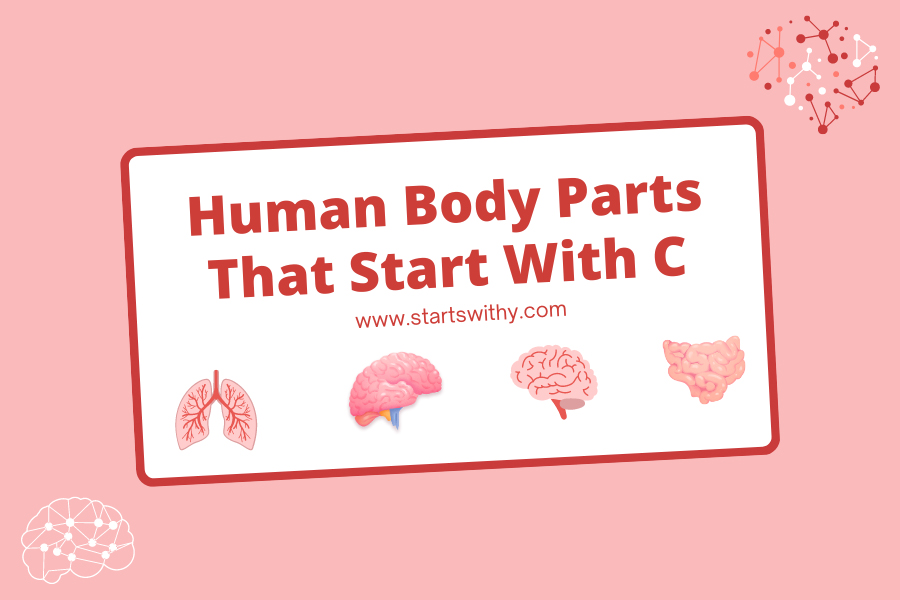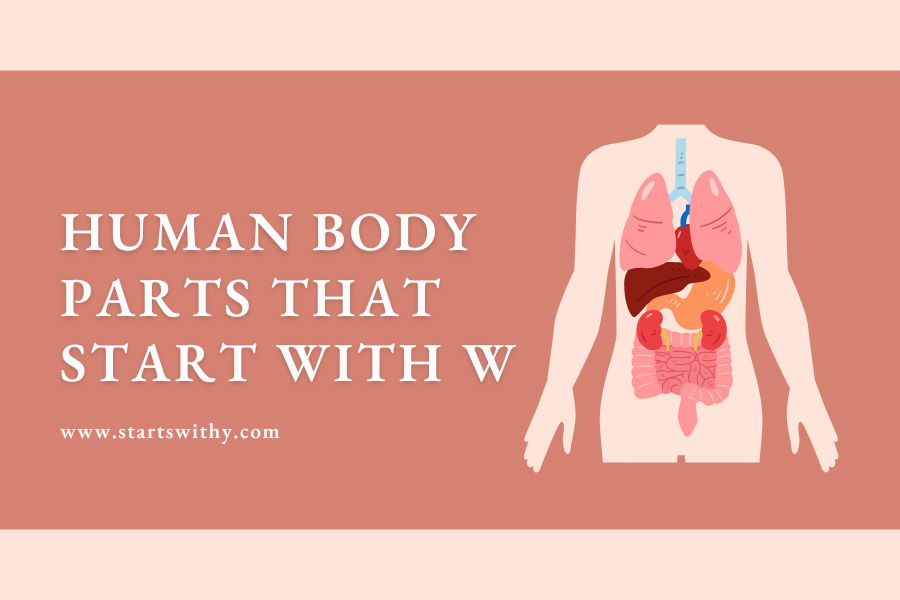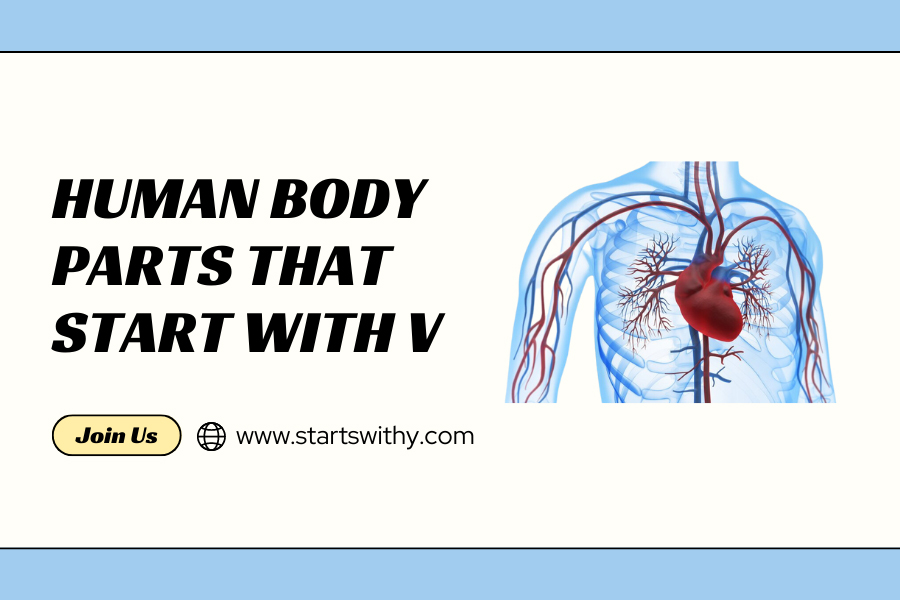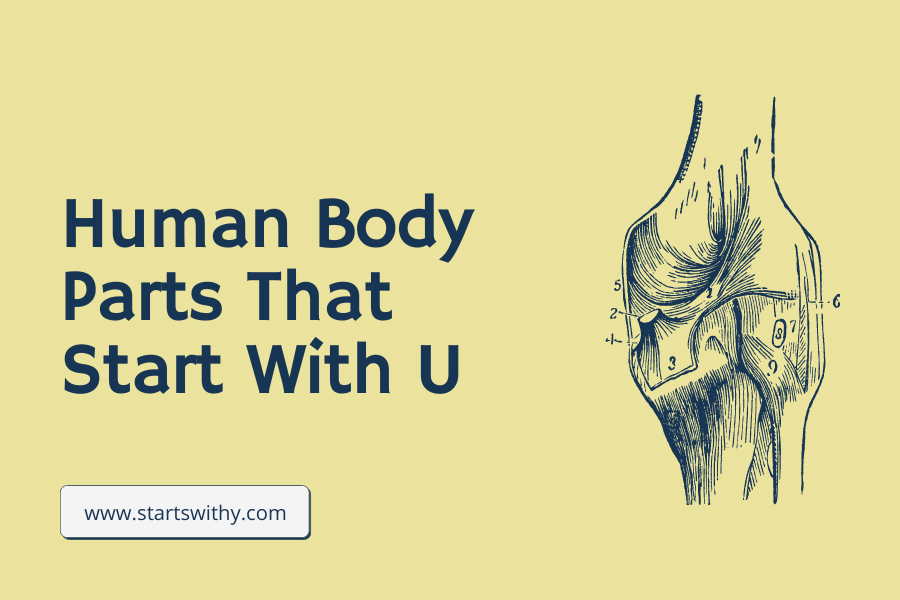Welcome to another intriguing exploration into the wonders of human anatomy with our article “Body Parts That Start With C”. This piece delves into the structure, function, and intricacies of various parts of our body beginning with the letter ‘C’. From the body’s central structure, the cranium, to our life-supporting circulatory system, we delve deep into the marvels of these components.
This article serves as a valuable resource for learners, educators, or anyone with a keen interest in human biology. Regardless of whether you’re an advanced student of medicine or a curious individual, this journey of discovery continues our alphabetical appreciation of the profound complexity and elegance of the human body.
Human Body Parts That Start With The Letter C
The anatomy of the human body is vast and complex, brimming with a multitude of parts that work together harmoniously to ensure our survival. As we continue our alphabetical exploration of the human anatomy, we will uncover various body parts that begin with the letter “C.” This article delves into these components, highlighting their features, functions, and contributions to our overall wellbeing.
Cranium
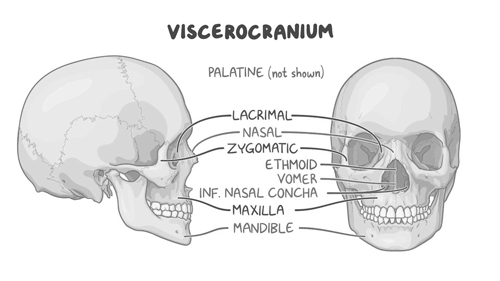
The cranium, commonly referred to as the skull, is the bony structure that houses and protects the brain. Comprised of several plates of bone fused together, the cranium not only provides a protective casing for the brain but also supports the structures of the face and provides a frame for the attachment of muscles.
Cerebrum
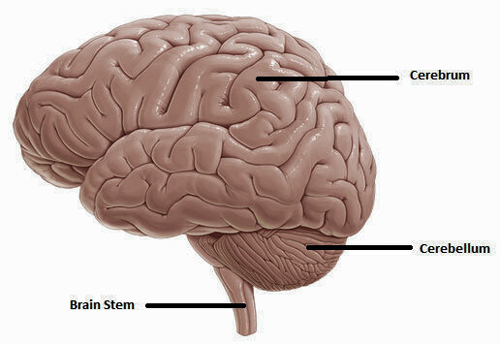
The cerebrum is the largest part of the brain, divided into two hemispheres – left and right. It controls voluntary actions, such as thinking, reasoning, sensing, and motor skills. Each hemisphere is further divided into lobes that specialize in different functions. For instance, the frontal lobe is associated with reasoning, planning, parts of speech, and problem-solving, among other roles.
Cornea
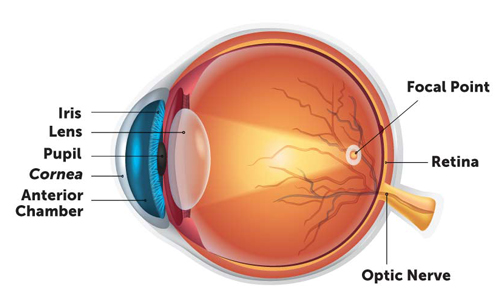
The cornea is the transparent front part of the eye that covers the iris, pupil, and anterior chamber, providing most of an eye’s optical power. It is responsible for focusing light into the eye and onto the retina, thereby enabling vision. Because of its delicate nature, damage to the cornea can cause vision problems and discomfort.
Cervix
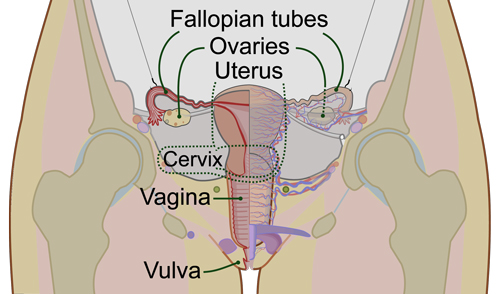
The cervix is a narrow passage forming the lower end of the uterus in females. It plays a crucial role in the reproductive system by allowing the flow of menstrual blood from the uterus into the vagina and directing the sperms into the uterus during intercourse. During childbirth, the cervix dilates, facilitating the baby’s passage into the birth canal.
Cartilage
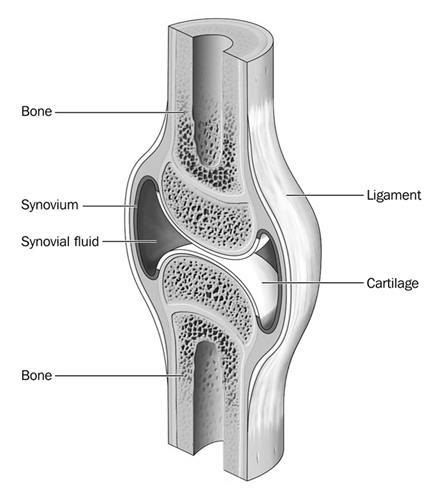
Cartilage is a type of flexible connective tissue found in many parts of the body, including joints, the rib cage, the ear, the nose, the bronchial tubes, and the intervertebral discs. It serves several purposes, such as providing support, maintaining the shape of structures, and providing a smooth surface for the movement of joints.
Carpals
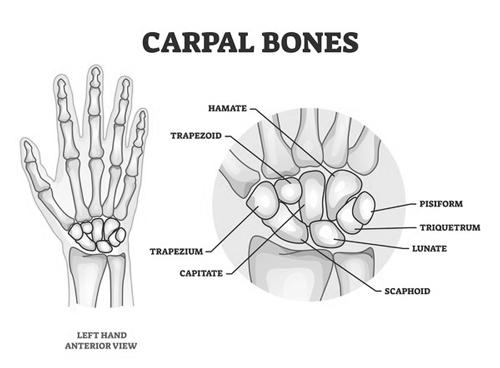
The carpals are the eight small bones that make up the wrist or carpus, connecting the hand to the forearm. These bones are arranged in two rows and work together to allow the flexible motion of the wrist.
Colon
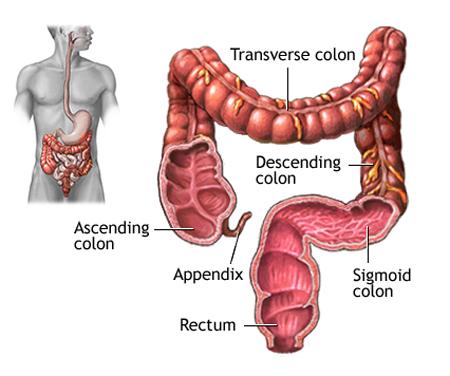
The colon, also known as the large intestine, is the final part of the digestive system. It absorbs water, vitamins, and electrolytes from indigestible food matter, processes waste products from the body, and prepares for its elimination through the rectum. The colon also hosts many beneficial bacteria that aid in various bodily functions.
Cochlea
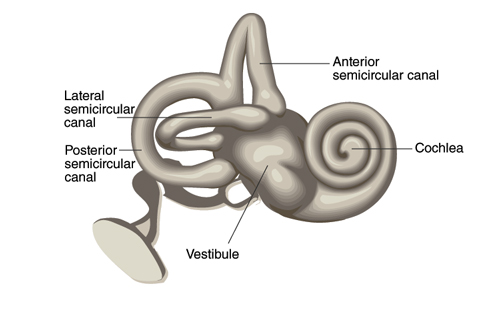
The cochlea is a spiral-shaped part of the inner ear that plays a crucial role in the sense of hearing. It is filled with a fluid that moves in response to the vibrations coming from the middle ear via the oval window. As the fluid moves, thousands of tiny “hair cells” are set into motion, converting these vibrations into electrical signals that are transmitted to the brain via the auditory nerve.
Capillaries
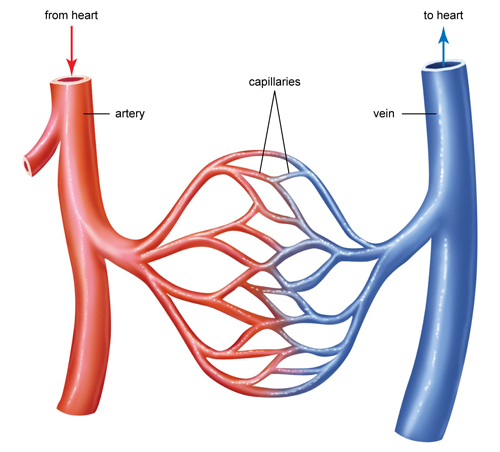
Capillaries are the smallest and most numerous of the blood vessels, forming networks throughout the body and connecting arterioles and venules. Their primary function is to allow the exchange of water, oxygen, carbon dioxide, and many other nutrients and waste substances between the blood and the surrounding tissues.
Clavicle
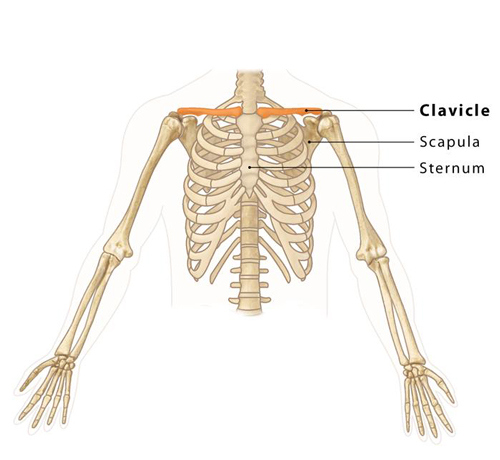
The clavicle, also known as the collarbone, is a long bone that serves as a strut between the shoulder blade and the sternum or breastbone. It helps in the functioning of the shoulder and provides support, enabling free movement of the arms.
Chest: Your Body’s Strongbox
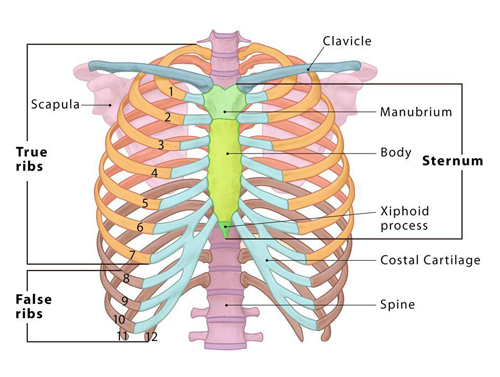
Protecting your precious insides, the chest is more than just a flat surface for hugging. It’s a sturdy cage formed by ribs, muscles, and the sternum, housing vitales like the heart, lungs, and major blood vessels. Think of it as a strongbox, safeguarding your life support system.
The lungs, two spongy air bags, inflate and deflate nearly 20,000 times a day, delivering oxygen and removing waste. The heart, a tireless pump, beats over 100,000 times in a day, circulating blood throughout your body. These crucial organs work together in perfect harmony within the chest cavity, ensuring every cell gets the oxygen it needs to thrive.
Taking care of your chest is essential for overall health. Encourage your children to engage in activities that strengthen their lungs and heart, like running, swimming, or dancing. Teach them good posture to keep their chest open and lungs functioning at their best. Remember, a healthy chest equals a healthy you!
Cheek: Your Smiling Partner
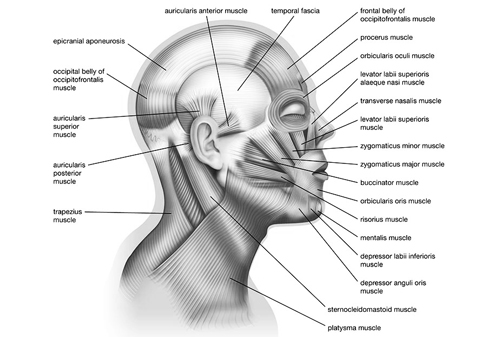
Cheeks aren’t just for dimples and rosy glows, they’re the dynamic duo that make up the sides of your face. These fleshy pads, packed with muscles and fat, play a vital role in facial expressions, chewing, and swallowing.
Ever wonder why we smile? The cheek muscles, along with others, work together to pull the corners of our mouths upwards, creating that universal expression of joy. And when we frown or squint, those same muscles contract in different ways, conveying emotions like concern or concentration.
Chewing is another key function, and your cheeks play a crucial part. They help guide food between your teeth and hold it in place while you grind it down. Strong cheek muscles are essential for proper chewing and swallowing, preventing choking and promoting good digestion.
Don’t forget the fun side of cheeks! From blowing raspberries to painting silly faces, these versatile features bring laughter and joy to our lives. So, next time you see your child’s rosy cheeks puffed out in a playful grin, remember the amazing muscles and functions behind that adorable smile.
Celiac Trunk: The Body’s Branching Highway
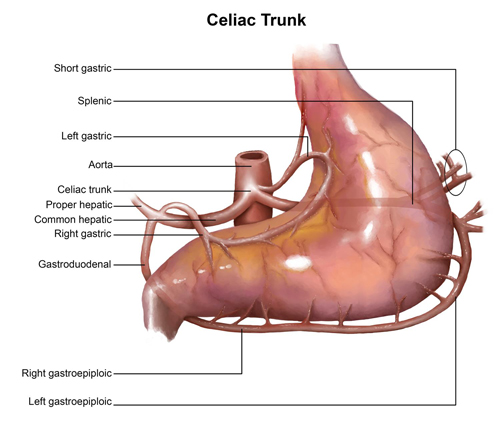
Deep within your abdomen, hidden behind the stomach, lies the celiac trunk, a vital blood vessel you might never have heard of. But don’t underestimate its importance – this “trunk” is like a highway, branching out to supply essential blood to your digestive organs.
Imagine three major roads stemming from the celiac trunk: the common hepatic artery, the splenic artery, and the left gastric artery. Each one carries oxygen-rich blood to specific organs. The hepatic artery nourishes your liver, the splenic artery feeds your spleen and pancreas, and the left gastric artery fuels your stomach and upper intestine.
These arteries, in turn, branch out further like smaller roads, reaching every nook and cranny of your digestive system. This intricate network ensures your digestive organs have the constant supply of blood they need to break down food, absorb nutrients, and eliminate waste.
The celiac trunk’s role goes beyond digestion. It also supplies blood to your esophagus, the tube that carries food from your mouth to your stomach. So, next time you enjoy a delicious meal, remember the silent hero working behind the scenes – the celiac trunk, keeping your digestive system running smoothly.
Cephalic Vein: Draining the Head for a Clear Think
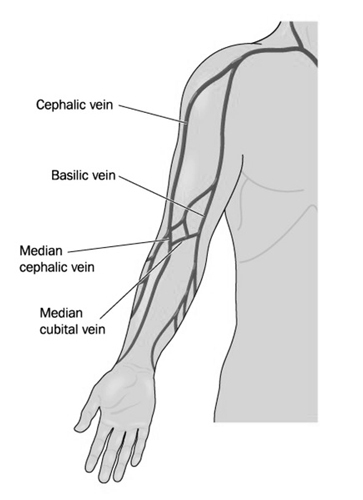
While most veins carry blood away from the heart, the cephalic vein takes the opposite route. This superhero of the head region drains deoxygenated blood from your scalp, face, and neck, returning it to the heart for a refresh. Think of it as a highway carrying away traffic (bad blood) to keep things flowing smoothly for clear thinking and a rosy glow.
Ever wonder why your veins bulge when you flex? The cephalic vein, running from your forearm up to your shoulder, joins forces with another vein near your collarbone to form the mighty axillary vein. This powerhouse then sends the collected blood back to the heart.
Keeping the cephalic vein happy is key to good head health. Encourage healthy habits like regular exercise, which improves circulation, and staying hydrated, which thins the blood and makes it easier to flow. Remember, a happy cephalic vein means a happy and healthy head!
Cerebral Arteries: The Brain’s Fuel Line
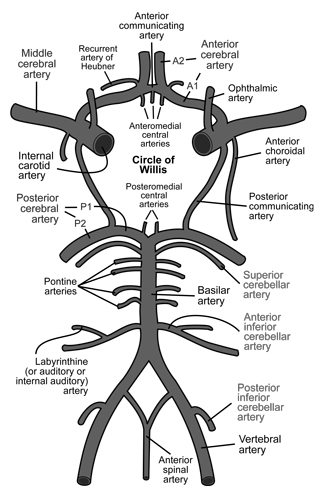
Imagine your brain as a bustling city, constantly buzzing with activity. To keep things running smoothly, this city needs a reliable fuel source – enter the cerebral arteries. These vital blood vessels are the city’s pipelines, delivering oxygen and nutrients to every corner of your brain, ensuring those neurons fire on all cylinders.
There are four main cerebral arteries: the internal carotid and vertebral arteries, each supplying blood to different brain regions. These arteries branch out like a complex freeway system, reaching even the tiniest brain areas. Every time you think, learn, or remember, it’s these arteries ensuring your brain cells have the fuel they need to perform.
Protecting these vital pipelines is crucial. Encourage balanced meals rich in fruits, vegetables, and whole grains, as these provide essential nutrients for brain health. Regular exercise also increases blood flow to the brain, keeping those neurons sharp and active. Remember, healthy cerebral arteries pave the way for a healthy and vibrant mind!
Cervical Spine: The Flexible Highway to Your Head
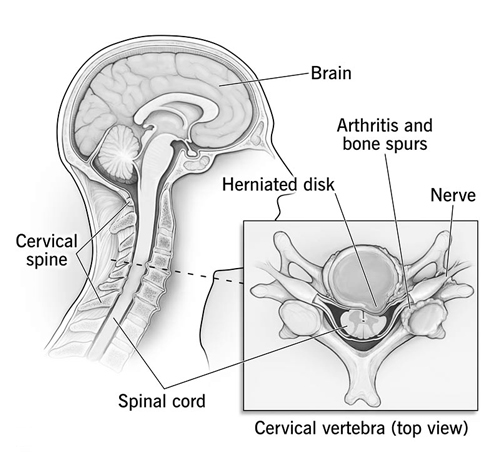
Your neck isn’t just a place for scarves and necklaces; it houses the crucial cervical spine, a seven-vertebrae highway connecting your head to your body. This flexible structure allows you to nod, tilt, turn, and look around, providing the freedom to explore the world around you.
Think of each vertebra as a building block, stacked neatly on top of each other. Between these blocks lie discs, acting like spongy cushions to absorb shock and keep things moving smoothly. Strong muscles and ligaments surround the spine, providing support and allowing for those fluid movements.
Taking care of your cervical spine is essential for overall well-being. Encourage good posture to keep the spine aligned and muscles balanced. Regular stretching and strengthening exercises keep the muscles and ligaments flexible and strong. Remember, a healthy cervical spine means a happy head and a happy body!
Ciliary Nerves: Tiny Guides for Glowing Eyes
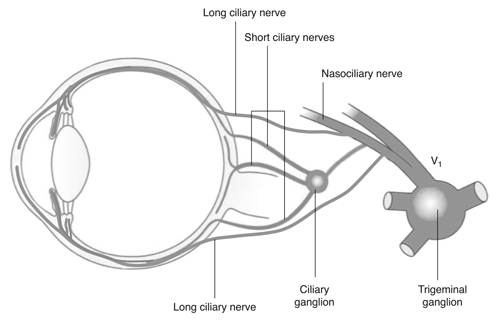
Though microscopic, these delicate nerves play a crucial role in your dazzling vision. Imagine them as tiny train tracks, guiding impulses from the brain to the muscles in your iris and ciliary body. These muscles control the size of your pupil and the shape of your lens, allowing you to adjust to light and focus on objects near and far.
Ever wondered why your pupils get smaller in bright light? The ciliary nerves send signals to the iris muscles, contracting the pupil to let in less light. Similarly, when it’s dim, the nerves tell the muscles to relax, enlarging the pupil for better light capture. This dynamic duo ensures sharp vision in all lighting conditions.
Keeping your ciliary nerves healthy is key to maintaining good eyesight. Encourage eye-protective habits like wearing sunglasses in bright light and maintaining a safe distance from screens. A balanced diet rich in vitamins A and C also nourishes your eyes and supports these vital nerves. Remember, healthy ciliary nerves mean sparkling eyes and a world of wonders to explore!
Colic Flexure: The Master of Digestion
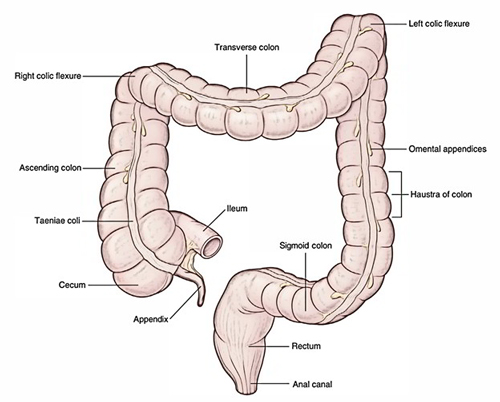
Deep within your abdomen lies a bend in your large intestine called the colic flexure. This “U-turn” plays a crucial role in digestion, acting as a holding tank and directing waste products towards elimination. Think of it as a traffic controller, ensuring smooth flow and efficient processing of food remnants.
There are two colic flexures: the hepatic flexure on the right side, positioned near your liver, and the splenic flexure on the left, close to your spleen. These bends slow down the movement of digested food, allowing for maximum nutrient absorption. They also help to shape and solidify waste products before they’re sent on their final journey.
Keeping your colic flexure happy is key to digestive health. Encourage a diet rich in fiber, found in fruits, vegetables, and whole grains, which helps bulk up stool and keeps things moving smoothly. Regular exercise also stimulates gut motility, preventing constipation and keeping the “traffic controller” in good working order. Remember, a healthy colic flexure translates to a happy and healthy tummy!
Conchae: Airflow Engineers of the Nose
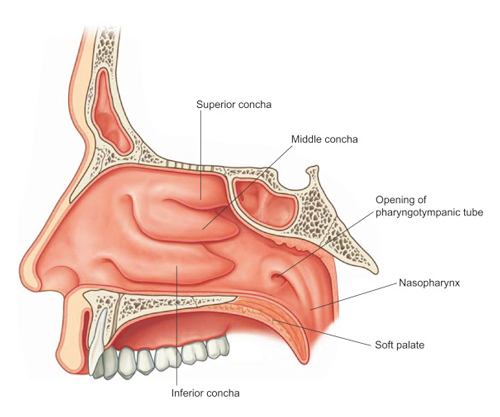
Nestled inside your nose are these beautifully sculpted structures called conchae. These bony projections, resembling seashells, are more than just decorative – they’re the airflow engineers of your respiratory system. Think of them as air traffic controllers, guiding and conditioning the air you breathe to optimize oxygen intake and keep your nasal passages healthy.
There are three pairs of conchae: the superior, middle, and inferior conchae, named for their position from top to bottom. These intricate structures increase the surface area inside your nose, allowing for better air filtering and warming. They also trap dust and debris, protecting your lungs from harmful particles.
Keeping your conchae healthy is key to healthy breathing. Encourage regular nasal saline rinses to clear dust and allergens. Humidifying your environment, especially during dry seasons, helps prevent irritation and keeps the mucous membranes moist. Remember, happy conchae mean easier breathing and a healthier you!
Calf
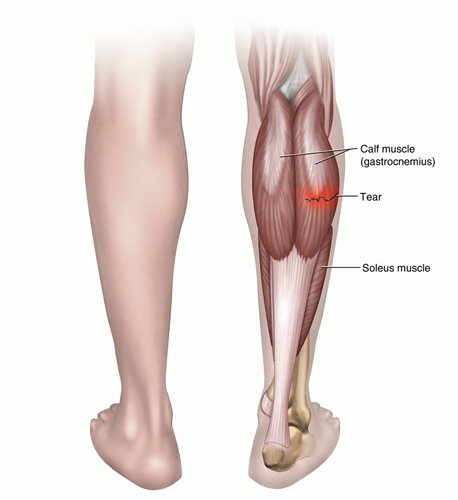
The calf is the fleshy part located at the back of the human leg, below the knee. The calf is made up of two major muscles – the gastrocnemius and the soleus, which are crucial for walking, running, jumping, and standing on tiptoe.
Cerebellum
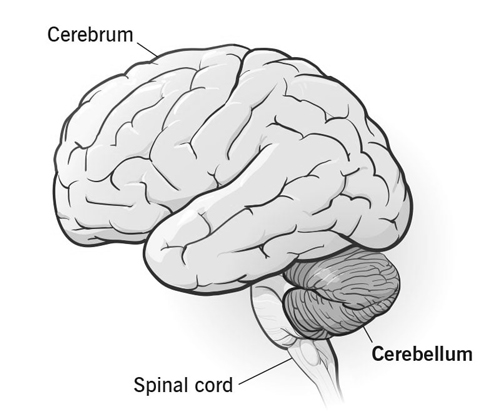
Located at the back of the brain, the cerebellum is responsible for coordinating and regulating voluntary motor movements, balance, and muscle tone. It ensures that all bodily movements are smooth, coordinated, and precise.
List of Human Body Parts Starting with C
| Capillaries | Cardiac Vasculature | Carotid Arteries |
| Carotid Canal | Carpal Tunnel | Carpometacarpal Joints |
| Cavernous Sinus | Celiac Trunk | Cephalic Vein |
| Cerebellar Peduncles | Cerebral Arteries | Cerebral Hemisphere, Occipital Lobe |
| Cerebral Hemisphere, Temporal Lobe | Cerebral Hemispheres | Cerebral Ventricles |
| Cervical Spinal Nerve | Cervical Spine | Cervical Spine, Movements |
| Cervical Vertebra | Cheek | Chest |
| Choanae | Chorda Tympani Nerve | Chordae Tendineae |
| Ciliary Nerves | Clavicle | Cochlea |
| Colic Flexure | Collateral Ligaments | Common Bile Duct |
| Common Carotid Artery | Common Iliac Artery | Conchae |
| Coronary Artery | Corpus Callosum | Corpus Cavernosum |
| Corpus Spongiosum | Cranial Cavity | Cranial Fossa |
| Cranial Nerves | Cribriform Plate | Cricoarytenoid Muscle |
| Cricoid Cartilage | Crista Galli | Cranium |
| Cerebrum | Cornea | Cervix |
| Carpals | Colon | Calf |
| Cerebellum |
Conclusion
The human body is truly an astounding structure, replete with myriad elements that begin with the letter “C.” Each of these body parts, from the cranium to the cerebellum, plays a unique role in ensuring the smooth operation of the body. This excursion into the world of “C” not only broadens our knowledge about our bodies but also underscores the complex choreography of elements that make up the marvel that is the human body.
Human Body Parts That Start With
A | B | C | D | E | F | G | H | I | J | K | L | M | N | O | P | Q | R | S | T | U | V | W
